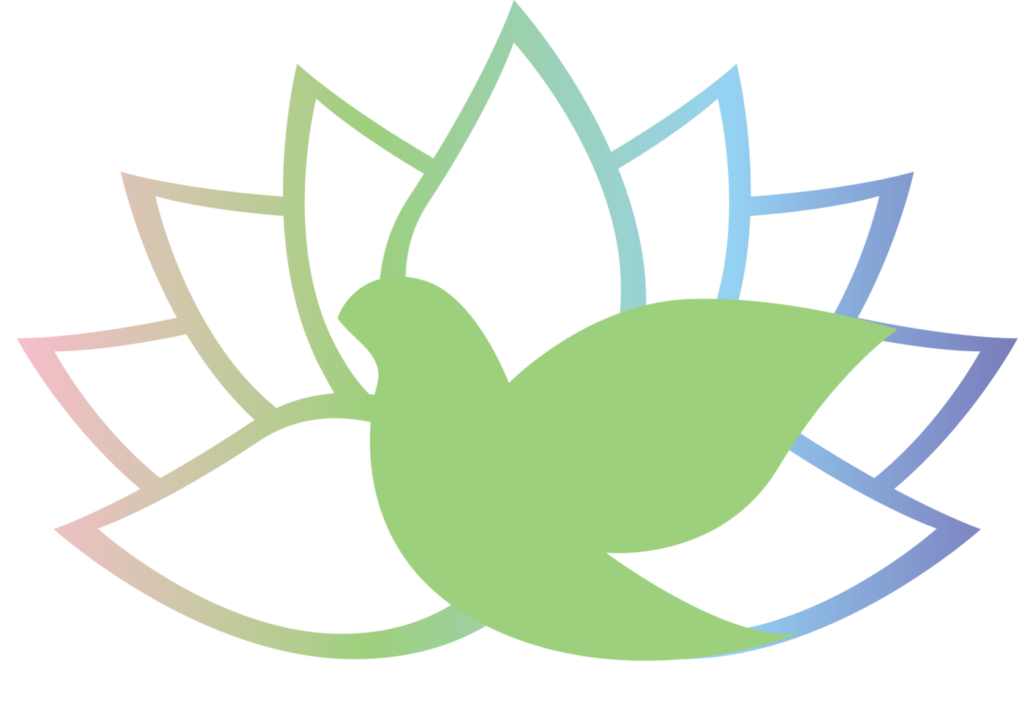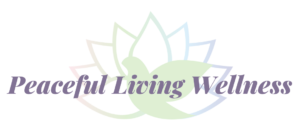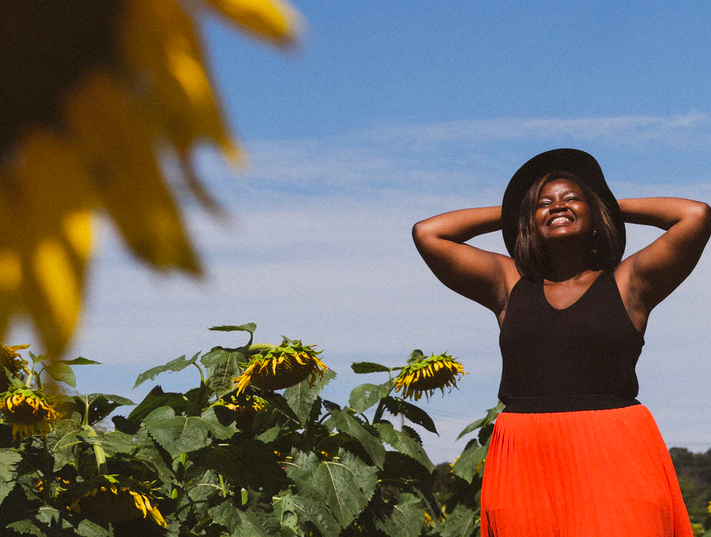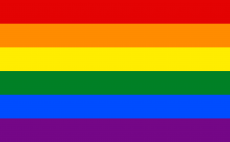Someone once told me “Can’t means won’t.” At the time, it only frustrated me further – but in many ways they were right. Being creatively blocked is no different than the hesitation you might feel right before your first time cliff diving. You’re on to something great, but you’re scared.
Maybe you define this fear as uncertainty or self-doubt, worrying that you don’t have enough talent, that you don’t know what to do next.

Join our Community of Peaceful Living Wellness Warriors
and receive a special free gift:
Our Top 5 Tips for Peaceful Living
Or, maybe you don’t feel motivated to put in the work. It isn’t coming easy, and so you turn your attention to something else.
Either Way, You’re Not Blocked
The truth is that any type of creative block is merely a discomfort. We can’t see the future ahead of us and so curiosity turns to panic. As we give in to the trepidation created by a blank page or a vacant easel, we take the path of least resistance.
Related Post: THE IMPORTANCE OF CREATING WITHOUT A PURPOSE
We Declare a Creative Block
Imagine what could happen if we embraced being uncomfortable. What if you stared that wall down, studying each crack, crevice and nook? Your hesitations would become clear and dissolve. Your desires would stand out, brick by brick, to be replaced by the gentle whisper of an untold story. A new work of art.
Your creative process would become clear.
The truth about any creative block is that you’re on the verge of something new and you’re impatient to see the results.
Sit With What Makes You Uncomfortable
It’s not a fun process – to sit calmly as your mind races through scattered thoughts, or worse yet blank thoughts. It’s an irritating trial that will test your will. Having talent isn’t enough. Some of the greatest artists will never be known because they didn’t support their talent with discipline.
Discipline in this instance has nothing to do with rules. It’s a matter of understanding how willing you are to know your process through and through. Will you hold the mirror to your creative process without shying away from its shortcomings? Or will you see its flaws and feel guilty, condemning your art with unnecessary shame?
It’s an uncomfortable conversation. But if you can bear it, you’ll see that throughout this process of discovery there is no right or wrong. Being disciplined in this case means being comfortable with throwing the rules you’ve learned into the flames so you can understand how you work.
Identify what works well for you. Improve what doesn’t. Move on.
The joy and freedom that comes from this act is unlike any you’ve known yet. You’ll realize that dwelling on an imposed guilt will only deprive your creativity of the air it needs.
Learn What Sparks Your Curiosity & Find Clarity
I often write at bars. What I’ve found is that people assume I must be listening to their conversations for some source of inspiration. Or perhaps I’m writing about someone across the room, guessing at their current situation.
The truth is it isn’t like that at all. There’s a certain magic in the gesture of a candle being nudged towards you by a knowing bartender. An unexpected conversation that leads to a lifelong friend. The energy of the night inspires me more than any conversation. If you’re an artist, you likely understand what I mean. You must find the energy that opens your eyes to a world you’ve yet to create.
When you’re lost or feel stuck, I encourage you to stop looking. My greatest breakthroughs have happened while doing anything but the thing I wanted or needed to do. Sometimes, it happens in the smallest of moments. You may be washing the dishes or on the cusp of falling into a warm summers nap, when it strikes you.
Clarity isn’t something you can search for. It finds you, as you begin to familiarize yourself with the often uncomfortable process of creating what doesn’t exist.
That first step of getting to know your process is the most difficult. Though I can’t tell you which direction to walk, I can say that understanding what makes you feel alive is a great place to start. It will save you time and time again, even if you can’t access it in that moment. Knowing that it’s there will be enough.
Embrace Bad Art
This is the most important thing you need to know when figuring out your creative process: even when it’s garbage, at least you’ve done something.
Embracing bad art teaches us the lessons we need to make good art. It frees us from the confines of perfection while familiarizing us with our creative process. You’ve set the intention to create, allowing your mind to wander as you explore a new scene. You’re forming the habits that will drive and support your art.
Being good or bad doesn’t matter. Those thoughts will only hinder your process.
Accept that every now and then, you’ll create something so bad that it feels like an insult to the deep drawer you’ve hidden it in. Then do it again anyway.
Look at the story or painting or whatever it may be that you created, and shine a light on it. Look for what isn’t working, and try to understand it. Celebrate what is working, and try to understand it. You might be surprised at the inspiration you find.
Most importantly, pay close attention to when your observations turn to judgement and immediately take a step back.
Let clarity find you as a new world unfolds right before your eyes.

SAMANTHA PATERNOSTER
Writing is much bigger than a career. It’s more interesting than a hobby. It’s the spark to an eternal curiosity that has led me to learn unexpected skills, treasure knowledge passed down through generations, and create a space for voices that need to speak.
I earned my B.A. in Creative Writing from Brandeis University, with a focus on long and short fiction. I have nearly a decade of experience as a copywriter and editor. But I’ve also worked as an Email Analyst and QA Analyst at Yale University, helping to launch their redesigned Giving page circa 2014.
Most recently, I’ve started my own business – Creatively You. Built for my clients, it is founded on one simple act: listening. By listening to my clients’ dreams and needs, I am able to help them develop their brands through cohesive web design and content that tells their stories.
I don’t believe in linear paths. I do believe in the magic that embracing the unknown can bring.



